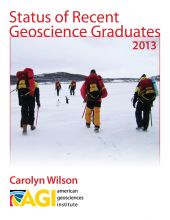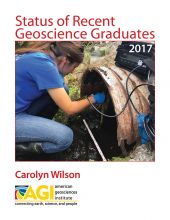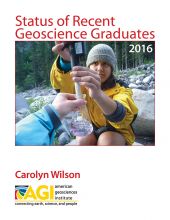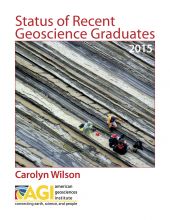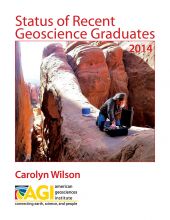AGI’s 2013 Status of Recent Geoscience Graduates provides an overview analysis of the demographics, activities, and experiences of geoscience students that received their bachelor’s, master’s, or doctoral degree in the spring of 2013. This research draws attention to student preparation in the geosciences and their education and career path decisions. This report addresses many of the questions often raised when considering the transition into the workforce.
Overall, the importance of the academic program and the department’s functions are highlighted as a key component for the recruitment, preparation and transitioning of students into the geosciences community, which is seen through their development of quantitative skills, reasons for choosing the major, participation in field and research experiences, and identification of resources for finding employment.
This report is focused on presenting the resulting data for the end user’s consideration. However, there are several interesting and notable trends in the results. While the gender gap appears to be closing at all degree levels, there is still substantial underrepresentation of minority groups in geoscience departments. The availability of high school earth science does not appear to have been a major issue to students.
Another key data point is that the majority of geoscience students stop developing their quantitative skills at Calculus II. Introductory courses in college and the department atmosphere are both key for recruitment into the major, and the departments offer plenty of field and research experiences for their students. However, student participation in internships at the bachelor’s and doctoral degree levels is surprisingly low, especially considering the importance of internships in the students’ transition into the workforce. Finally, the petroleum industry is very effective at job recruitment at graduation, and the majority of graduates still looking for employment want job positions within their field, meaning any attrition in that transition would be from a lack of job availability or a lack of satisfaction after entering the workforce.
In future years, we expect to be able to provide more details and comparisons regionally and by degree level. AGI is also conducting an ongoing longitudinal survey that will follow these early career geoscientists as they progress in their post-graduation lives. The combination of these two studies will present a better understanding of the workforce pathway in the geosciences and enable both geoscience departments and employers to improve the educational and career opportunities for future geoscience graduates.

